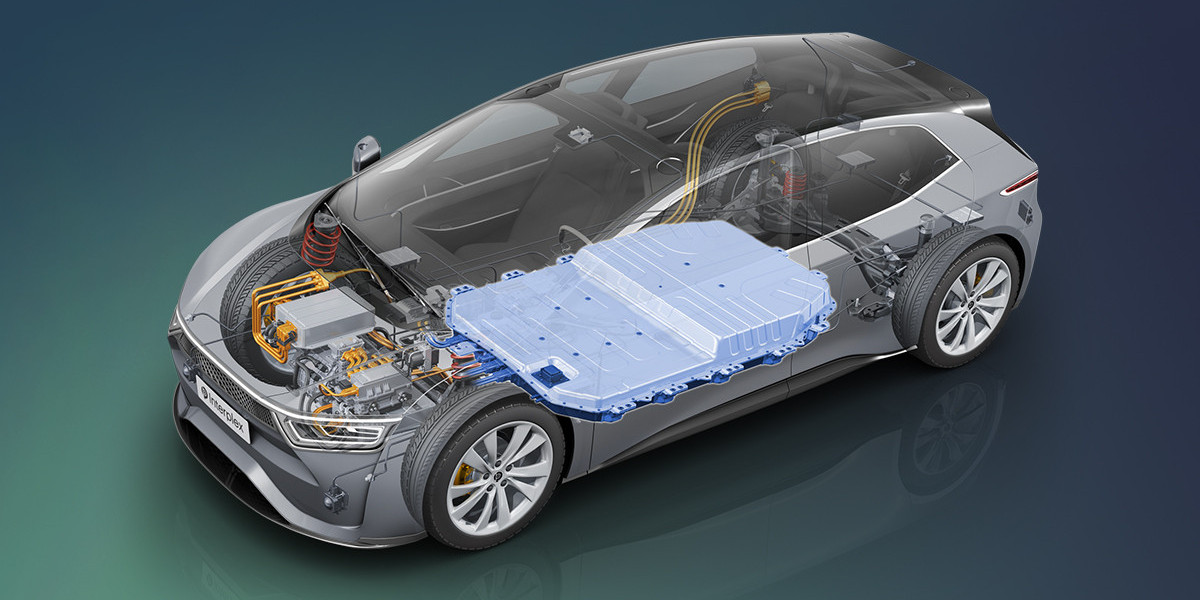Technological Advancements Enable New Banking Options
With the advancement of technology, people's lives have changed dramatically over the past few decades. One area that has seen a major transformation is banking. The rise of electronic and online banking, commonly referred to as e-banking, has revolutionized how customers interact with and access their bank accounts and financial services. E-banking tools such as internet banking, mobile banking apps, ATMs, and payment cards have streamlined many routine banking tasks and made banking significantly more convenient.
Online and Mobile Banking Expand Access
One of the biggest impacts of e-banking has been vastly expanding access to banking services. Traditional banking required customers to visit a physical branch during limited hours to deposit checks, withdraw or transfer funds, pay bills, and check balances. Now, E-Banking allows customers to manage their accounts online 24 hours a day from any location with an internet connection. Mobile banking apps have taken accessibility even further by putting banking in customers' pockets through their smartphones. This level of around-the-clock access has transformed expectations and changed how and when customers interact with their banks. It has also helped draw in new categories of customers, like younger digital natives, who have grown up with technologies like smartphones and online services integrated into daily life.
Bill Paying Goes Digital
One of the most popular uses of online and mobile banking has been paying bills and transferring funds electronically. Previously, customers had to remember due dates, write and mail paper checks, or make trips to the bank to pay regular monthly expenses in person. Now customers can log in online or use their banking app to view billing due dates, schedule one-time or recurring payments in advance, and authorize funds transfers in just a few clicks. Paying bills through e-banking tools is faster, more convenient, and helps customers avoid late fees by ensuring payments are submitted on time automatically each month. It also cuts down on paper checks, stamps, and time spent dropping payments in the mail or at the bank.
ATMs Automate Cash Access
While online and mobile banking handle electronic transaction needs, automated teller machines, or ATMs, play an important role in fulfilling customers' physical cash needs. First introduced in the late 1960s, ATMs have now become an integral part of the banking infrastructure and a familiar fixture outside most banks along with in locations like grocery stores and shopping malls. With an ATM card or debit card, customers can withdraw cash day or night without needing to visit a bank teller. ATMs also allow users to check account balances, deposit checks, transfer between accounts, and more. This convenient self-service option spared customers trips inside during off hours and reduced lines and wait times at bank counters. ATMs automated basic cash-related tasks and paved the way for further developing remote banking access through online and mobile technologies.
Payment Cards Drive Adoption
One technology that helped drive widespread adoption of e-banking tools was the rise of payment cards like debit and credit cards. Carrying plastic for purchases instead of cash allowed card transactions to be seamlessly integrated with backend banking networks and accounts. As merchants added payment card terminals to accept plastic, it became effortless for customers to directly access their bank funds anywhere cards were accepted. Payment cards gave customers a flexible way to spend while enabling banks to develop linked services like online bill pay, ATM access, and balance alerts that boosted customer engagement through electronic services. Today, digital payment tools like contactless cards, digital wallets, and person-to-person payment apps are further expanding the ways customers can pay and connect banking services to everyday spending.
Reducing Costs and Increasing Revenue
Beyond convenience for customers, e-banking has provided significant financial benefits for banks by reducing operating costs while boosting customer retention and deposits. The switch to electronic transactions has decreased expenses associated with handling and processing paper checks, cash, coins, and customer visits. It also lowered the large infrastructure requirements and staffing needs of maintaining a branch network. At the same time, e-banking allows banks to upsell additional products and services through online offerings and strengthens customer loyalty by improving the digital banking experience. These combined cost savings and revenue boosts from innovative e-banking tools have helped banks modernize operations while continuing to adapt to customers' continually evolving use of technology in daily life and finance.
On the Rise But Still Evolving
Despite over two decades of growth since the emergence of online and mobile banking options, a sizable portion of banking customers still primarily utilize in-person and cash services rather than more efficient digital options. This is especially true among older age groups that did not grow up with technologies now ubiquitous among younger generations. However, e-banking continues gaining popularity as people who came of age with smartphones now make up a larger share of the customer base. Looking ahead, emerging technologies around financial wellness tools, personal finance management apps, account aggregation services, cryptocurrencies, and blockchain-based banking are primed to shape the next chapter in the evolution of online and mobile banking technologies and experiences. This shows that while e-banking has revolutionized banking, ongoing innovations ensure its development will remain dynamic.
The rise of e-banking tools over the past few decades has massively transformed the banking industry and customer experience. Online and mobile banking, ATMs, and electronic payment cards have automated routine tasks, expanded access, boosted convenience, and driven down operating costs. Overall, new digital technologies have revolutionized the way people now bank compared to past generations.
Get More Insights on E-Banking
Get this Report in Japanese Language-
Get this Report in Korean Language-
About Author-
Money Singh is a seasoned content writer with over four years of experience in the market research sector. Known for her strong SEO background, she skillfully blends SEO strategies with insightful content. Her expertise spans various industries, including food and beverages, biotechnology, chemical and materials, defense and aerospace, consumer goods, etc. (https://www.linkedin.com/in/money-singh-590844163)










